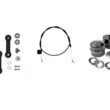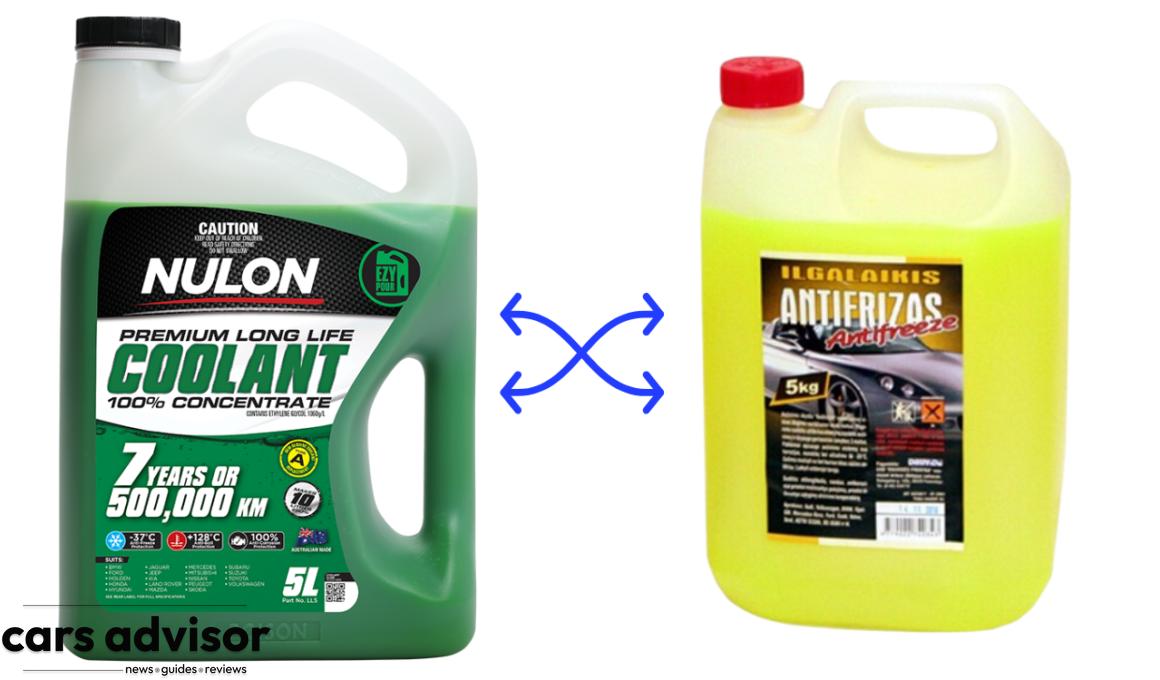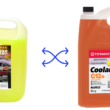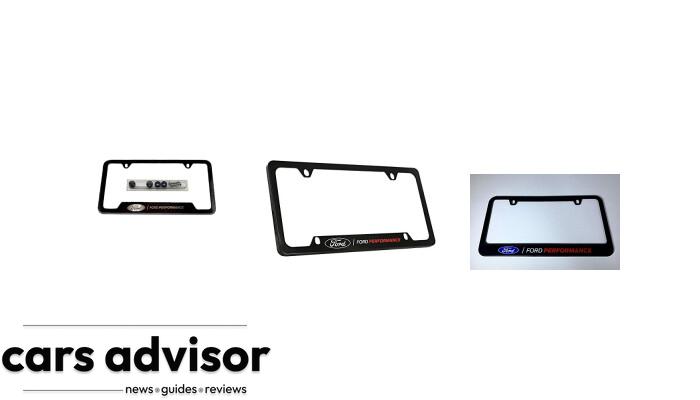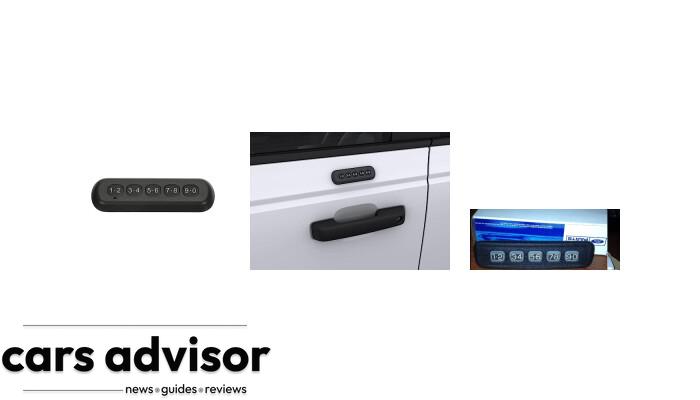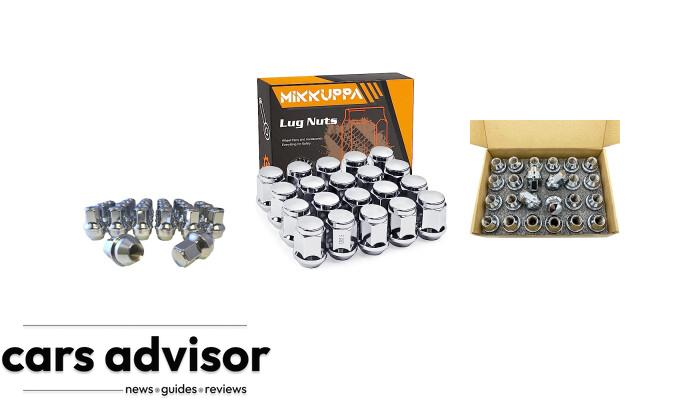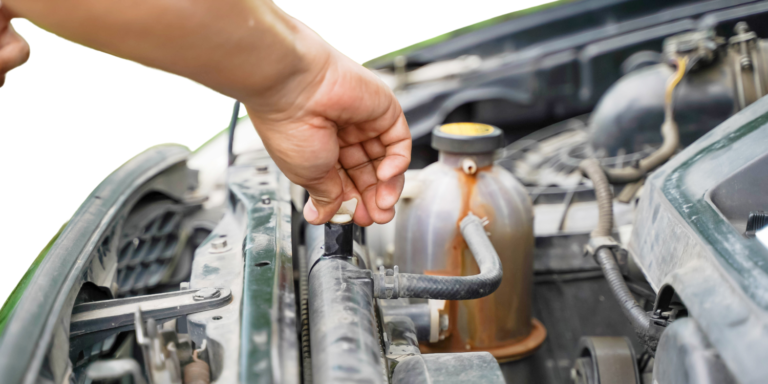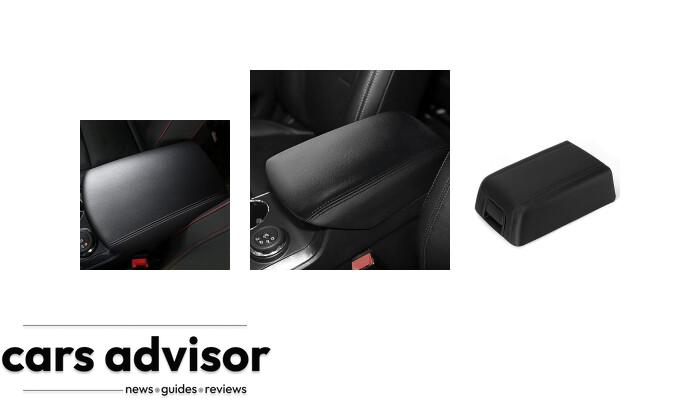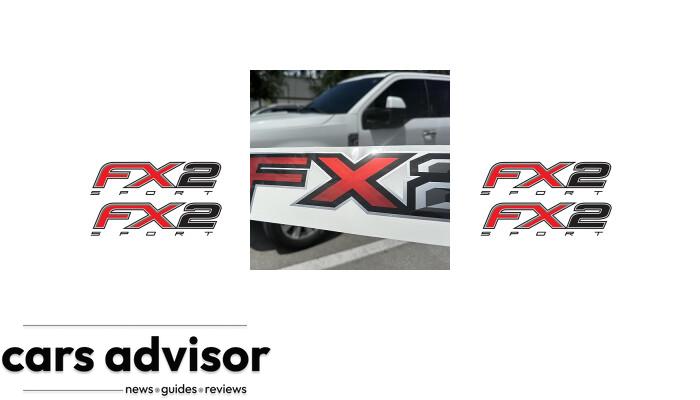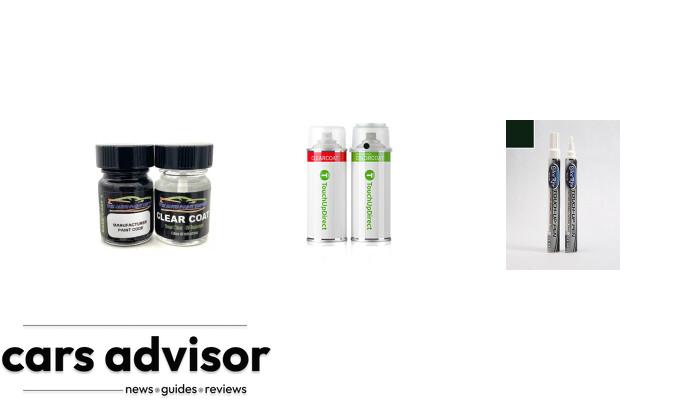Understanding Antifreeze
Understanding the differences between green and yellow antifreeze and their compatibility with different metals is essential to avoiding engine damage caused by mixing coolants.Differences Between Green And Yellow Antifreeze
Understanding the core differences between green and yellow antifreeze is crucial for any vehicle owner. Green antifreeze, also known as the conventional or inorganic type, uses silicate compounds as corrosion inhibitors.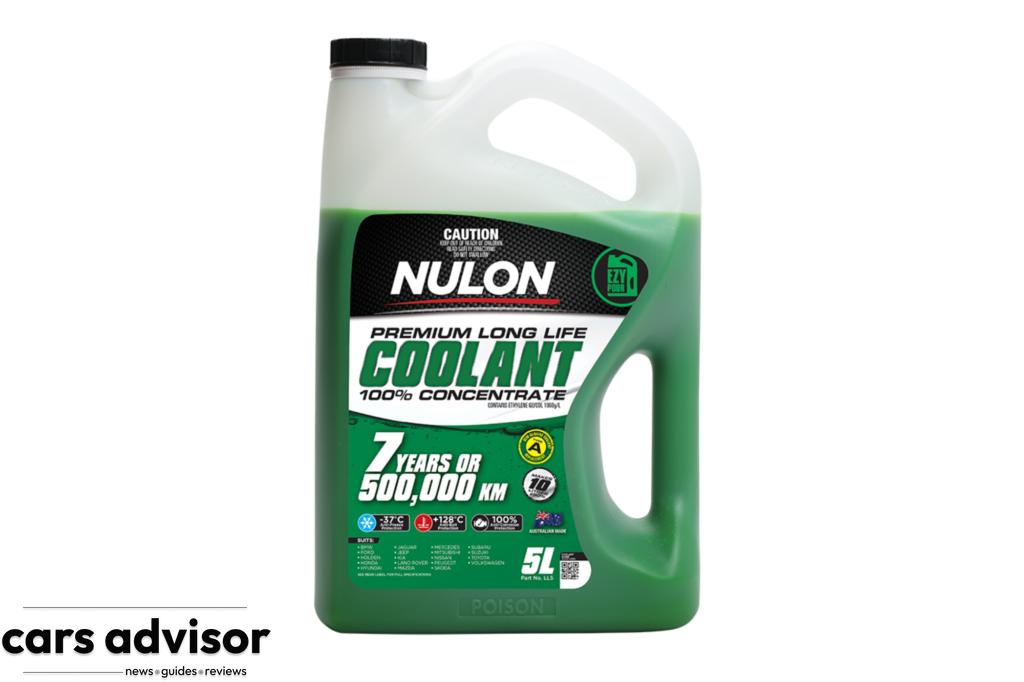 This coolant has existed since the 1920s and is primarily used in older vehicles with cast iron engines.On the other hand, yellow antifreeze is an organic acid technology (OAT) coolant that contains azoles and carboxylates – providing extended life to modern engines made of mixed metals like aluminium alloys.It offers long-lasting engine protection with a change interval of around five years or 150,000 miles.When it comes down to choosing between these two coolants for your vehicle’s maintenance needs, it’s important to consider their compatibility with each other and your specific engine components.For example, using green antifreeze on an aluminium-based cooling system can lead to galvanic corrosion. In contrast, yellow antifreeze might not adequately protect older cast-iron components where silicates are needed for optimum performance.
This coolant has existed since the 1920s and is primarily used in older vehicles with cast iron engines.On the other hand, yellow antifreeze is an organic acid technology (OAT) coolant that contains azoles and carboxylates – providing extended life to modern engines made of mixed metals like aluminium alloys.It offers long-lasting engine protection with a change interval of around five years or 150,000 miles.When it comes down to choosing between these two coolants for your vehicle’s maintenance needs, it’s important to consider their compatibility with each other and your specific engine components.For example, using green antifreeze on an aluminium-based cooling system can lead to galvanic corrosion. In contrast, yellow antifreeze might not adequately protect older cast-iron components where silicates are needed for optimum performance.Compatibility With Different Metals
It’s important to note that the type of antifreeze you choose depends on its compatibility with different metals. For instance, some engine coolants are formulated with specific metals like aluminium or copper.One example is that yellow antifreeze is specifically designed for use with aluminium engines, while green coolant is typically used in copper ones. Mixing these two formulas can cause a chemical reaction, creating sludge and clogging the radiator and heater core.Can Green And Yellow Antifreeze Be Mixed?
Mixing green and yellow antifreeze can cause serious consequences to your engine due to their different chemical compositions.Risks Of Mixing Antifreeze
Mixing green and yellow antifreeze can be risky because they are formulated differently. When these two types of coolant mix, the chemical composition changes, leading to adverse reactions. One significant risk is that it weakens the corrosion inhibitors present in each coolant type.Another potential consequence of mixing antifreeze may cause a chemical reaction resulting in unusual substances and even damage to the engine’s cooling system.For example, mixing orange and green coolants can create sludge-like formations that could clog or block off channels within the radiator or other components of the cooling system.
One significant risk is that it weakens the corrosion inhibitors present in each coolant type.Another potential consequence of mixing antifreeze may cause a chemical reaction resulting in unusual substances and even damage to the engine’s cooling system.For example, mixing orange and green coolants can create sludge-like formations that could clog or block off channels within the radiator or other components of the cooling system.Consequences Of Mixing Different Antifreeze Formulas
Mixing different antifreeze formulas can result in a chemical reaction that causes the coolant to become acidic, leading to engine corrosion.The different chemicals used in green and yellow antifreeze are not compatible with each other. When mixed, they create an electrochemical imbalance that compromises the anticorrosion properties of both coolants.Moreover, using two different types of coolant with different compositions weakens their effectiveness. Mixing expensive premium-engine coolants with cheaper alternatives undermines the advantages of using high-end products. In short, it is important to stick with one type of coolant or carefully follow manufacturer recommendations for your specific vehicle model.Potential Chemical Reactions
As mentioned earlier, mixing green and yellow antifreeze can result in chemical reactions, which can cause harm to your engine.One type of antifreeze contains silicate-based additives that protect aluminium parts from corrosion, while the other uses organic acid technology (OAT) for anti-corrosion properties.When these two types mix, it triggers a chemical reaction where the silicates combine with the OAT to form deposits that damage and clog up the cooling system.Mixing coolants can sometimes cause thick substances like gel or sludge to form in car engines. This is mainly due to possible reactions between different chemicals found in coolant fluids being incompatible.Unfortunately, such gels tend to impede heat transfer and block critical oil passages leading into bearing surfaces and other vital engine components.Potential Engine Damage
Mixing green and yellow antifreeze can result in potential engine damage. The different chemical compositions of these two types of antifreeze can cause corrosion in the engine, leading to costly repairs or even total engine failure.When mixed, these coolants can form a thick gel-like substance that clogs the cooling system, reducing its ability to regulate the engine’s temperature effectively.Mixing green and yellow antifreeze can lead to leaks in the radiator or heater core due to chemical reactions between the two fluids.Is It Safe to Mix Yellow and Orange Antifreeze?
When it comes to the yellow and orange antifreeze mixture, safety is a vital concern. Mixing these two types of antifreeze can lead to chemical reactions that may damage your vehicle’s cooling system. It’s best to stick to using one specific type of antifreeze recommended by your vehicle manufacturer to ensure optimal performance and prevent any potential harm.
Proper Antifreeze Maintenance To Avoid Mixing
To prevent mixing different types of antifreeze, it’s necessary to check the manufacturer’s recommendations, use a brand-specific coolant, and replace it according to schedule.Check Manufacturer Recommendations
As a car owner, following the manufacturer’s instructions regarding antifreeze and coolant is important.Here are some tips for checking the recommendations:- 1. Consult your vehicle’s owner manual for the recommended coolant type and mixing guidelines.
- 2. Check with the dealership or service centre where you purchased your vehicle for guidance on antifreeze compatibility and their recommendations.
- 3. Be aware of any warranty stipulations regarding using certain types of coolant or mixtures; failure to comply can void your warranty.
- 4. Pay close attention to warning labels on products and any included instructions from the manufacturer before adding any antifreeze or coolant to your engine.
- 5. When in doubt, err on caution and consult a qualified mechanic or automotive expert for advice on proper maintenance procedures and antifreeze compatibility.
Use A Brand-Specific Coolant
Generally, using a brand-specific coolant is always the safest bet for antifreeze maintenance. Different vehicles require different formulations of antifreeze, and using the wrong type can lead to serious engine damage. For example, Motorcraft Premium Engine Coolant (green-coloured) should not be used for vehicles that originally came with yellow coolant, as recommended by Ford.Moreover, mixing higher-priced antifreeze with lower-priced ones will deteriorate the advantages of using premium products.Therefore, investing in a high-quality, brand-specific coolant and sticking to it during routine maintenance is the best approach to preventing corrosion within an engine cooling system.Replace Coolant According To Schedule
As a car owner, it’s important to ensure your vehicle is always in good shape. One way to do this is by replacing the coolant according to the recommended schedule.Here are some important facts about replacing engine coolant:- Coolant replacement schedules vary depending on the make and model of your vehicle.
- Most vehicles require a coolant flush and replacement every 30,000 to 60,000 miles.
- Neglecting to replace your coolant can lead to engine damage and overheating.
- Over time, engine coolant breaks down and loses effectiveness at preventing corrosion and buildup in the cooling system.
- A professional mechanic can check your coolant’s quality and determine whether it needs to be replaced.
- Always use the manufacturer-recommended type of antifreeze when replacing your coolant.
- Mixing different types of antifreeze can cause corrosion and other harmful effects on the cooling system.
What To Do If You Accidentally Mix Green And Yellow Antifreeze
Suppose you accidentally mix green and yellow antifreeze. In that case, the best course of action is to drain and flush the cooling system thoroughly, then refill it with the correct type of antifreeze by your vehicle manufacturer’s recommendations.Drain And Flush The Cooling System
If you accidentally mix green and yellow antifreeze in your vehicle, it’s essential to drain and flush the cooling system. This process will help prevent any potential engine damage or chemical reactions.Here are the steps to drain and flush the cooling system:- Allow the engine to cool down completely before starting the process.
- Locate the radiator at the front of your vehicle.
- Place a container underneath the radiator to catch any coolant that spills out during draining.
- Unscrew or pull off the radiator cap, open the petcock valve, or remove the lower radiator hose to drain the coolant from the system.
- Once all coolant has been drained, refill with water and use a radiator flushing compound.
- Run the engine for about 10-15 minutes with high heat so it reaches operating temperature.
- Turn off your engine and let it cool down completely before draining again by following step 4.
- Refill with fresh coolant according to manufacturer specifications.
Refill With The Correct Type Of Antifreeze
As an experienced mechanic, I always recommend refilling your vehicle’s cooling system with the correct type of antifreeze.Here are some steps to follow:- Check your vehicle’s owner’s manual or consult a certified mechanic to determine the exact type of antifreeze required.
- Purchase the recommended brand-specific coolant and ensure it matches your vehicle’s make and model.
- Before pouring in the new coolant, drain the old one completely from the cooling system.
- Once you have drained all the old coolant, pour in the new antifreeze slowly into the radiator or overflow tank until it reaches the full mark on either.
- Start up your engine and let it run for a few minutes while checking for leaks and ensuring everything runs smoothly.
